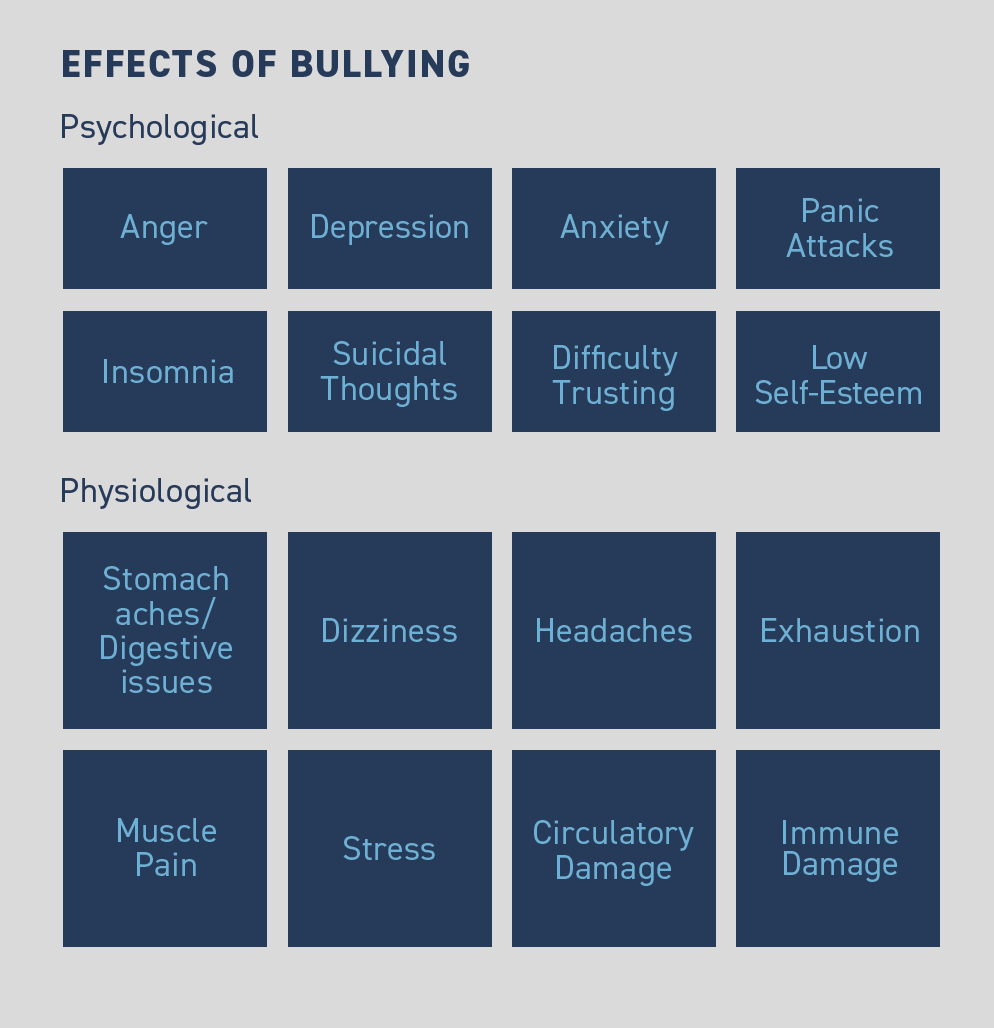SafeSport CODE LANGUAGE
Bullying, as defined by our Code, is repeated and/or severe behavior(s) that are (a) aggressive, (b) directed at a Minor, and (c) intended or likely to hurt, control, or diminish the Minor emotionally, physically or sexually.
TYPES OF BULLYING
Physical
Hitting, pushing, punching, beating, biting, striking, kicking, choking, spitting or slapping, or throwing objects (such as sporting equipment) at another person.
Verbal
Ridiculing, taunting, name-calling or intimidating or threatening to cause someone harm.
Social, including cyberbullying
Use of rumors or false statements about someone to diminish that person’s reputation; using electronic communications, social media or other technology to harass, frighten, intimidate or humiliate someone; socially excluding someone and asking others to do the same.
Sexual
Ridiculing or taunting based on gender or sexual orientation (real or perceived), gender traits or behavior, or teasing someone about their looks or behavior as it relates to sexual attractiveness.
Criminal Conduct
Bullying Behavior includes any conduct described as bullying under federal or state law.
WHAT IS NOT BULLYING?
Conduct may not rise to the level of Bullying Behavior if it is merely:
- Rude (inadvertently saying or doing something hurtful)
- Mean (purposefully saying or doing something hurtful, but not as part of a pattern of behavior)
- Arising from conflict or struggle between persons who perceive they have incompatible views and/or positions.
STATISTICS OF BULLYING
%
High school students reported being bullied at school in the last year
%
Parents reported that their child had been a victim of cyberbullying
%
LGTBQ students experienced harassment at school and online
%
Kids have not told an adult about something mean or hurtful that happened online
%
Child is bullied every 1 seven minutes

PREVENTION
Control the culture
- Set aside time to review the definition of bullying and hazing with athletes so the team understands which behaviors are considered “out-of-bounds.”
- Share team rules with parents to assure that they understand the expectations and can reinforce them
at home. - Social and emotional learning is a core component of team building and will have the greatest effect beginning as early as possible.


